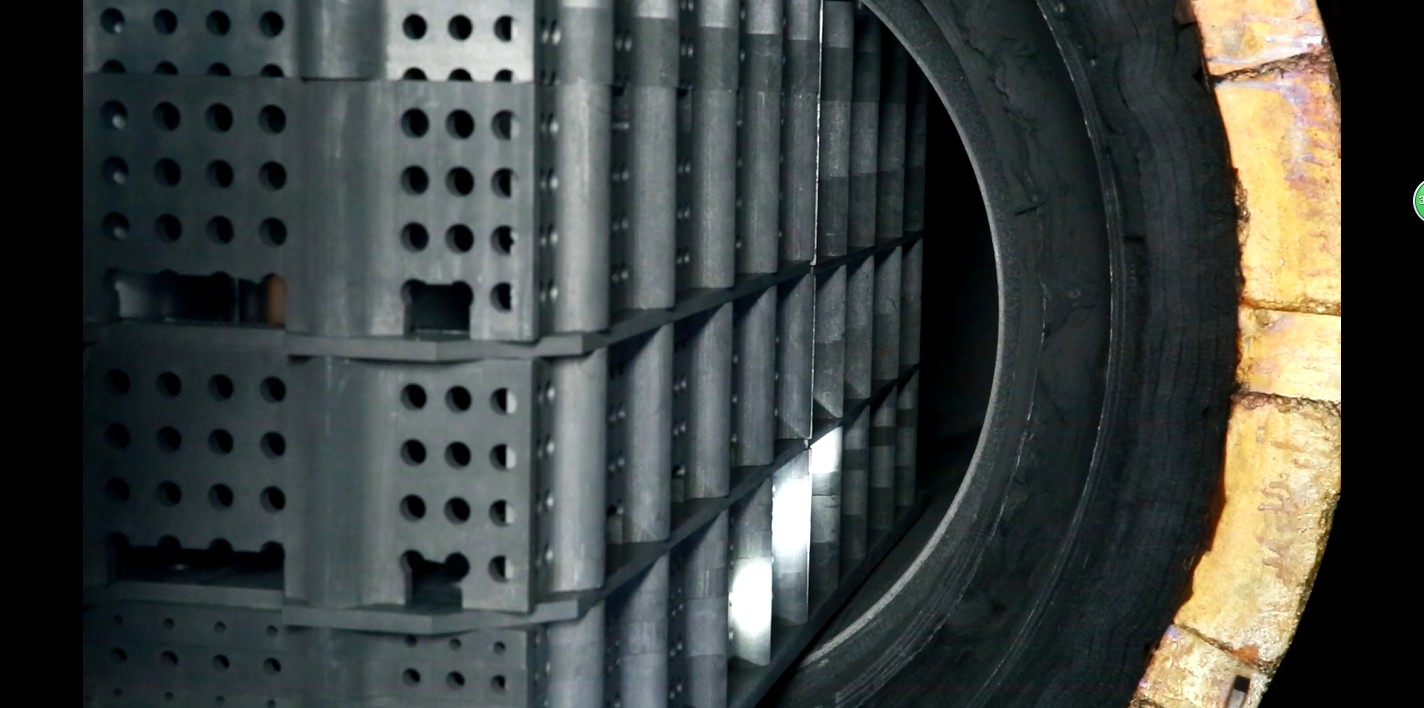Views: 504 Author: Site Editor Publish Time: 2024-03-20 Origin: Site
Graphite film is the standard product of chip heat dissipation, which is widely used in electronic products, higher integration brings higher density and heat dissipation, and the heat dissipation problem of electronic products deserves attention.
At present, the main technical routes for the preparation of high thermal conductivity graphite film are: expanded graphite calendering method, PI film carbonization-graphitization method, petroleum coke/coal asphalt carbonization, high directional "pyrolytic graphite" and so on.
The following focuses on the polyimide (PI) film heat treatment method
A long time ago, scientists found that by pressurizing polyimide (PI) under an inert atmosphere and graphitizing at 2800-3200℃, graphite can be made, and the product has a highly preferred orientation of graphite along the surface of the film similar to the highly oriented pyrolytic graphite, and the crystallity is high, this method has a simpler preparation process than the pyrolysis method to prepare graphite. Greatly promoted the development of graphite as a heat dissipation material. The carbonization and graphitization method of PI film has more advantages in the preparation of high crystalline and high orientation graphite film with high thermal conductivity. The thermal conductive film material prepared by PI film heat treatment method has high tensile strength, relatively complete structure, low crystal structure defect, high carbon atom order degree, and thermal conductivity coefficient of 1100-1900W·m-1·K-1. In terms of thickness, this process route can make a heat dissipation film that can be as thin as 0.01mm (10μm), which has a good performance in the thin and thin heat dissipation design of the mobile phone.
Dasen's highly conductive graphite films are made by heat treatment of polyimide (PI) films. The PI film is sent into the carbonization furnace, and the PI film is heated and carbonized at a heating temperature of 1100℃-1300℃, so that the PI film is carbonized to form a PI carbonization sheet, and then the PI carbonization sheet is cooled to room temperature (about 6 hours), and then the PI carbonization sheet is sent into the graphite furnace at a heating temperature of 2800℃-3000℃. The PI carbonization sheet is graphitized, the PI carbonization sheet forms a PI graphite sheet after graphitization, and then the PI graphite sheet is cooled, cooled to room temperature (about 6 hours), and its thickness is rolled with a calender device, so that the graphite sheet is rolled to form a graphite sheet finished product with a thickness of 12-100μm.

The main difference between carbonization and graphitization is that carbonization involves the conversion of organic matter to carbon, while graphitization involves the conversion of carbon to graphite. Thus, carbonization is a chemical change, while graphitization is a microstructure change. Graphitization is the use of thermal activation to achieve the orderly transformation of thermodynamically unstable carbon atoms from chaotic layer structure to graphite crystal structure. Therefore, in the graphitization process, high temperature heat treatment (HTT) is used to provide energy for atomic rearrangement and structural transformation. In order to improve the graphitization degree of difficult graphitized carbon materials, a method of adding catalysts can also be used, which is called catalytic graphitization.
If you have a demand for high thermal conductivity graphite film, please contact us!
